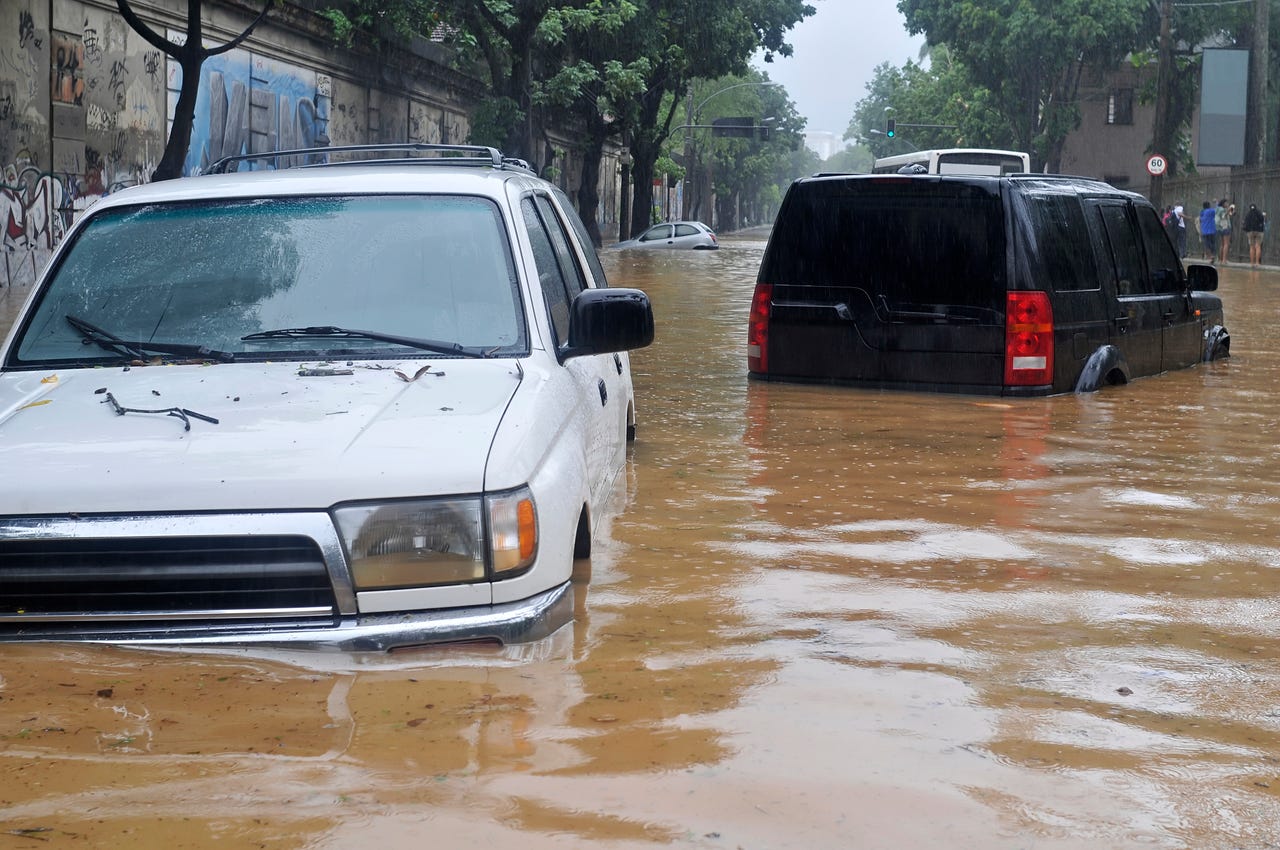How this AI predicts extreme local weather events


A new machine-learning model could increase the accuracy of local weather forecasts, an advancement that could prove especially life-changing for lower income governments and communities.
The problem is that developing accurate regional forecasts is notoriously difficult due to the complex physics driving heavy precipitation and extreme weather events. Regional forecasting requires supercomputers and trained local practitioners, making it only accessible to wealthy governments and communities.
To address this, data scientists and researchers from startup ClimateAi have developed a machine-learning model that could democratize regional forecasting to an unparalleled degree. The model corrects the biases that currently exist in global weather models and offers accurate local forecasts without the traditional -- and costly -- constraints of current forecasting systems.
The team's research concerning the model has gone through extensive peer review and is set to be published at the 25th International Conference on Artificial Intelligence and Statistics (AISTATS) in late March.
At the heart of the challenge, it turns out, is a matter of resolution. Traditional weather forecasts for several days ahead are very coarse in resolution and therefore don't capture local extreme events. One alternative that's been used in recent years is to utilize ongoing observations to forecast local weather up to a couple hours out.
The utility of such forecasts is limited when it comes to extreme weather events. The solution is to increase the resolution of those traditional forecasts, which are quite accurate.
ClimateAi Lead Data Scientist Dr. Stephan Rasp and Ilan Price of the University of Oxford developed an innovative machine-learning approach. It uses generative adversarial networks (GANs) trained on global weather forecasts to correct for the biases that exist in current weather models. The new model downscales global forecasts to be as accurate as a local forecast, without requiring the vast amounts of computational, financial, and human resources previously needed for such a small scale.
"Going beyond the recent flurry of activity to improve 'nowcasts,' our new model achieves that same accuracy for forecasts on the horizon of several hours to days," noted Dr. Rasp. "By taking a two-fold approach, we can account for systematic errors in the global models and increase the resolution of the forecast so that regional extremes are accurately captured."
By removing the costly constraints of current forecasting systems, including the need for a highly trained meteorologist feeding information through complex models, this new technique could be a boon to communities that cannot afford the technology for high-resolution local forecasts.
What does that look like in practice? ClimateAi suggests a scenario in which, rather than simply confirming a "40% chance of rain this week" for an entire region, the new model would empower users to easily answer more helpful questions like:
What is the likelihood that it does vs. does not rain tomorrow?
Where exactly will it rain?
If it rains, will it drizzle all over, pour in one specific spot, or pour in many places but drizzle in others?
The researchers point out that coarse, large-scale forecasts hide the answers to these questions.
"Artificial intelligence and machine-learning breakthroughs are changing weather forecasting, and resource-heavy regional weather models might soon be completely replaced by machine learning approaches," added Dr. Rasp. "Actionable forecasts will support businesses and governments looking to climate-proof their initiatives and operations."
Of course, the new model is also in keeping with ClimateAi's broader business objectives of helping companies better manage climate risk with actionable intelligence. In an age of increasing extreme weather due to climate change, the San Francisco firm is positioned to help supply chains avoid costly disruptions.